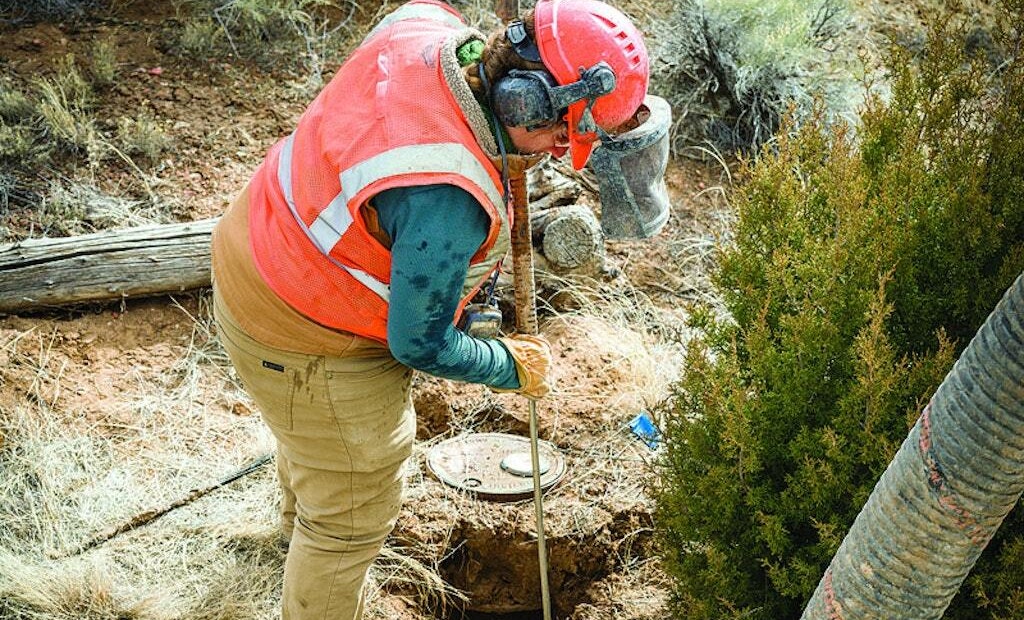With today’s increasingly complex and congested underground environments, there is no room for error when excavating or exposing utilities.
Underground professionals know that damaging existing utilities — whether it be fiber, gas, electric, water or sewer lines — can result in...






